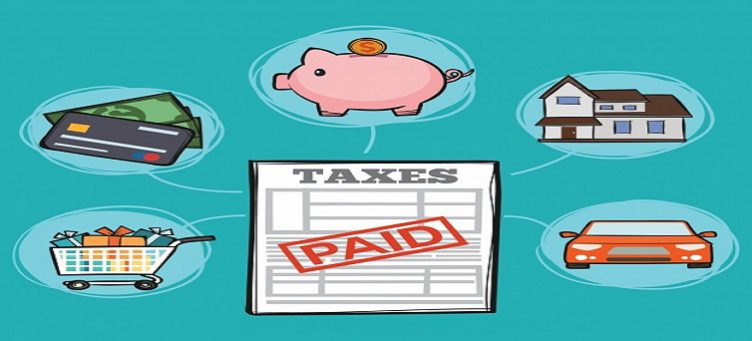WHAT IS GST ?
Goods and Services Tax (GST) is a proposed system of indirect taxation in India merging most of the existing taxes into single system of taxation.
OVERVIEW OF INDIAN LOGISTICS INDUSTRY
Indian logistics industry is expected to grow at a CAGR of 8.6% between 2015-2020, which grew at a CAGR 9.7% during 2010-2015.
The Indian logistic industry is fragmented and under developed. Logistics cost are relatively high due to poor physical and communication infrastructure; high dwell time on roads, multi layered tax system contributing to significant delay at border crossing. With GST initiative, promotion of manufacturing and trade will improve investment climate are expected to transform the
Development of transportation and logistics related infrastructure is expected to improve efficiency.
GENERAL IMPACT OF GST
a) Increase tax base:
GST is a multi stage tax, it provides for an input tax credit mechanism, the dealers and the distributors will require proof by its preceding link to claim the required set offs.
b) GST will boost Direct Tax:
GST implementation is likely to result in lifting direct taxes; c) GST tax payers will be linked or registered to their PAN card number.
NDSL and TIN will look after GST database. This integration of the indirect tax system with income tax system will enable to triangulate information which will lead to improve tax buoyancy.
d) Inflation in the initial stage:
Implementation of GST and give rise to inflation, the impact of the inflation will be transitory.
3 KEY STRUCTURAL CHANGES IN LOGISTICS OF INDIA
1) India becomes one big market, there will be fewer and large warehouses
2) GST will also bring in the scale to logistics companies as there will be lot of savings, stoppage of wastage and lower the delay.
3) The above changes will lead to greater economy to transport operations and lead more companies to outsource their logistics in India.
ADVANTAGES OF GST TO LOGISTICS COMPANIES
a) Cost and time saving:
Bigger warehouses and end market driven logistics planning is likely to result in meaningful cost saving over time. On account of entry tax and heavy paper work which adds extra time to the transit time costing time and money to the company. Abolishment of entry tax and easier tax compliance procedure is like to result in easier movements of goods across the country.
b) Forward integration:
As these companies gather scale, that will enable them to offer service at lower cost. As a result the companies for whom transportation is not a core part of their business will increasingly outsource their logistics operations to Third party logistics provider 3PL or Fourth party logistics provider 4PL.
c) Single Rate:
Standard tax rate will allow corporation to move away from the practice of building a warehouse in different state to adhere to each state’s tax code. A big consumer goods company thus make it do with one large mother warehouse at critical points i the country and employ logistics company to manage distribution and supply chain.
DISADVANTAGES OF CURRENT TAX SYSTEM
The state borders checkpoints, which are tasked with location-based tax compliance, it negatively impacts the overall logistics and production time and account for roughly 60% of trucks transit time.
With GST all the check post are gone, a truck that departs from Kashmir to Chennai, will reach on time. Goods will be delivered on time. Predictability level post GST will significantly improve. For example, if you are moving goods by air, the price deferential between air and road is nearly 1/8th. Once the logistics manager sees that he can manage his inventory in a manner where it gets more predictable by road, people will switch more volume by road.
BENEFITS OF E-INVOICING SYSTEM
- Curbs Tax Evasion: With Real-time access to data e-invoicing system reduces the scope of manipulation of invoices as each of the invoice is generated only after carrying out a particular transaction.
- Reduction in Frauds: Availability of all the data with the concerned authorities will lead to reduction in frauds drastically.
- Easy GST Returns: When a business has proper record of overall Sales and Purchase of as a result, the GST returns will automatically be ready for filing under the new GST system.
CONCLUSION
GST has got a vast potential to accelerate growth in logistics sector. With this new taxation policy in place India’s economy is set to grow and reach new heights.
With GST, the logistics industry should start exploring different supply chain models with their clients and at the same time develop a completely synchronised ERP system to supply inventory supply management as required under GST regime.





